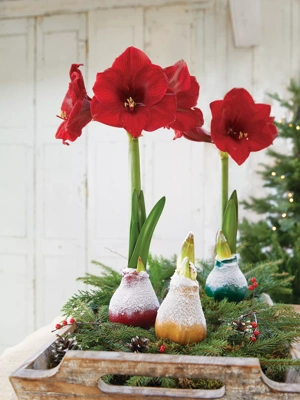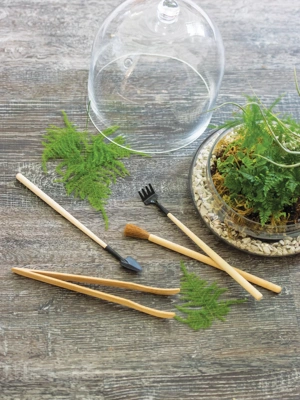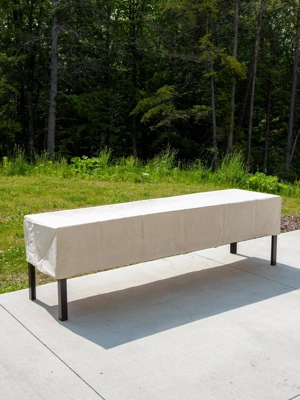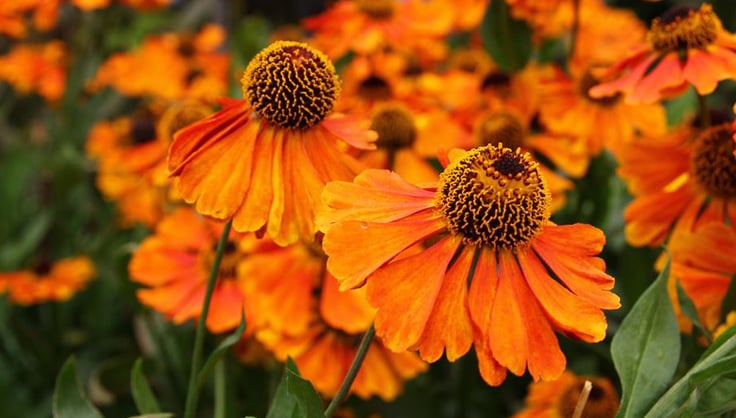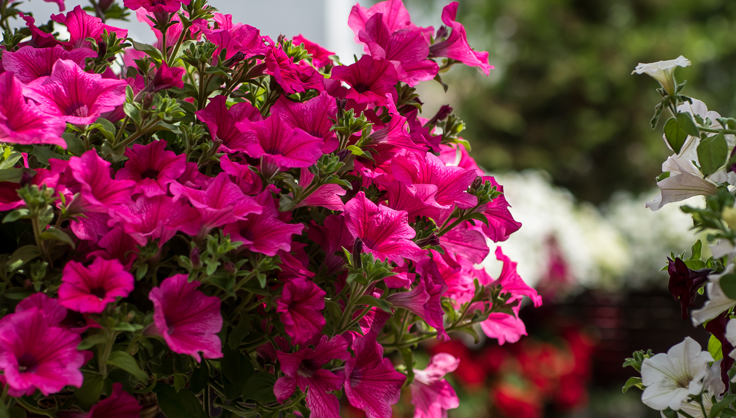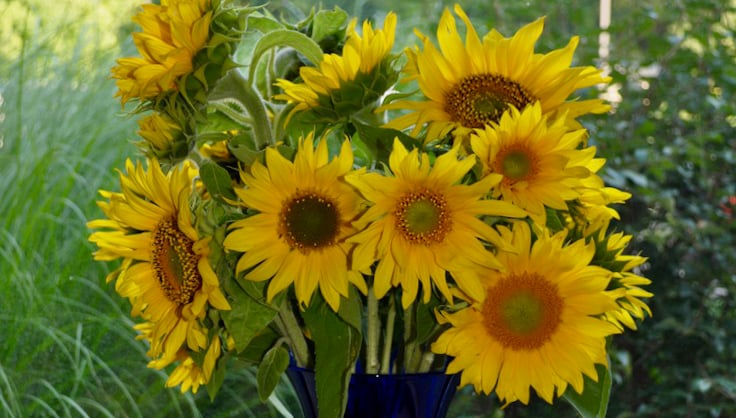Yes, You Can Garden As A Renter
Easy ways to create a temporary garden!
Even if only temporarily, a rental space is still a home — making it your own is tremendously important to physical and mental wellbeing. Plants can add life and color to sterile spaces, create privacy (helpful when you've got one too many roommates), and produce flavorful, fresh food. So, can you create a garden if you're renting? Fortunately the answer is YES!
Grow on the Go
You don't need to establish a permanent in-ground garden in order to grow gorgeous plants. Containers like elevated planters, hanging baskets, and window boxes provide the perfect (and portable) setting for your garden. Veggies, herbs, flowers, and even compact varieties of trees can be grown quite successfully in containers.
Added bonus: You are not at the mercy of whatever compacted, sad soil is in your landlord's yard. Instead, fill your container with a high-quality potting soil of your choice.
No Outdoor Space Available?
Bring the garden indoors! Grow lights let you grow virtually anything, regardless of your home size and growing climate. Carefree houseplants are obvious candidates for your indoor garden, but don't overlook easy-to-grow edibles like herbs and leafy greens; with a full-spectrum grow light, you can harvest these right off your kitchen countertop. Many grow light stands are as stylish as furniture (no need to hide them in your garage), and petite models are perfectly sized for small apartment spaces.
Pick The Right Plants
1. Think Temporary
Perennials can take several years to really come in to their own. Some, like asparagus, need a few growing seasons before harvest can begin, and others, like false indigo (Baptisia australis) and butterfly weed (Asclepias tuberosa) have deep taproots — they prefer to be planted in-ground, and they don't like to be disturbed once established.
Annuals — these plants live their entire life cycle, from seed to fruit, in one growing season — make excellent short-term garden residents. They can be easily started from seed or purchased as transplants from a reputable local nursery or farmer, and are quite happy to grow in containers. Most of the most popular garden edibles ARE annuals, including tomatoes, cucumbers, basil, and lettuce.
Easy Annual Plants To Grow in Containers
| Veggies and Herbs | Flowers and Foliage |
|
|
Flowering bulbs are another great choice, especially if you know you'll be at this address for a full year. Tulips, daffodils, muscari, and crocus bulbs are planted in the fall, allowed to overwinter, and then flourish in the spring. Pop a few in the ground (most only need to be planted 4-8 inches below the soil surface), or pot them up in a pot with a good-sized drainage hole.
2. Think Outside the Pot
Traditional potted plants are not the only way to invite greenery into your home. If you want to streamline your packing game and skip heavy bags of soil, try these "other ways" to garden:

Waxed amaryllis bulbs: The ultimate no-maintenance plant, waxed bulbs require no soil and no water. Set them in a bright room and wait for massive, magnificent blooms to appear.
Air plants: These tropical plants are epiphytes, meaning that they do not root into soil, but instead perch (harmlessly) on other plants and absorb their nutrients from their surroundings. Air plants can be tucked in a soilless terrarium (see below), displayed on a bookcase, or hung in a steamy bathroom — provided they get a regular soaking of water, they will be happy just about any where in your home.
Microgreens: Also known as "vegetable confetti," microgreens are simply immature greens, typically ready for harvest in as little as 10-21 days! Popular microgreens types include radish, arugula, broccoli, and basil. Seeds can be sown in a shallow dish on just an inch or two of growing medium, and then placed under a grow light.
Terrariums: With a glass container and a small amount of gravel or coir, you can create a mini mossy woodland, display tiny tropicals, or design a delightful tabletop fairy garden using plants and found objects, such as pebbles and sea glass.
Accessorize
We get it — your landlord is really not keen on you digging fence posts or pouring a new concrete patio. Luckily, you don't need to take on heavy-duty renovations to make your temporary garden feel peaceful and welcoming. A simple set of chimes brings gentle movement and sound. A bird bath set on a balcony railing will invite wildlife to your outdoor space. And when it's time to embark on a move, simply box up your garden accessories with the rest of your furnishings.
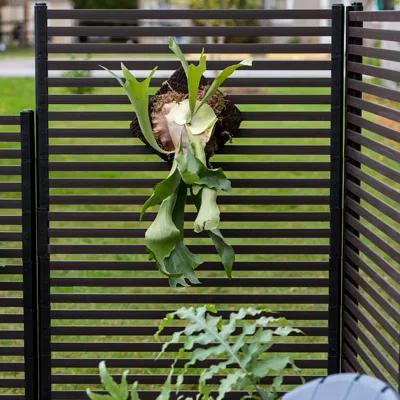
Here are a few other structural elements that can be set up and then packed away when you leave:
- Temporary pavers and stepping stones
- Freestanding trellis
- Privacy screens
- Solar lighting stakes
- Bird feeders
Moving, and not sure what to do with your potting soil and garden scraps?
Good question. Ask plant-loving neighbors if they'd like first dibs on your leftovers. If that doesn't solve it, it's time to compost. Ask your landlord if they have a compost pile or see if there is a composting facility nearby. Then simply rinse out your container and take it with you to your new home.
Last updated: 10/06/2023
Print this Article:
Related items
Related Articles
Get the Dirt
Stay up to date on new articles and advice. Please fill out the information below.



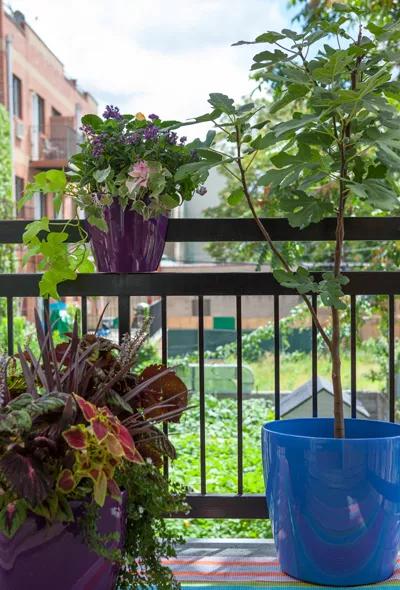
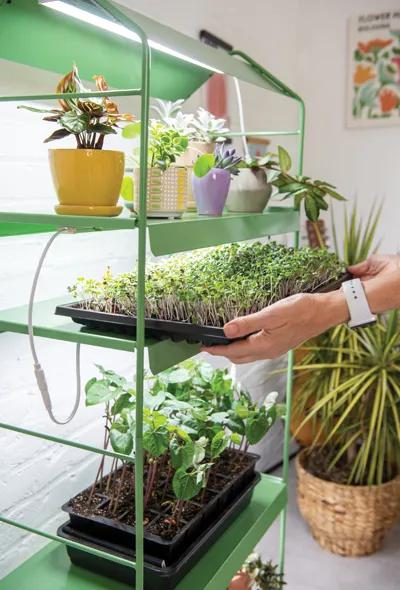 Agie LED Light Garden
Agie LED Light Garden
